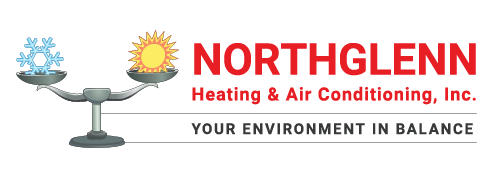
The windows throughout your home are a portal to the outdoors, a way to allow light in when you appreciate the view of your garden, yard or scenery. The last thing you need to see is a sweaty window coated in a layer of condensation.
Not only are windows coated in condensation unappealing, they also can be a sign of a more substantial air-quality problem in your home. Thankfully, there’s multiple things you can attempt to correct the problem.
What Creates Sweating along Windows
Condensation on the interior of windows is created by the moist warm air inside your home hitting the cold surface of your windows. It’s particularly common over the winter when it’s much cooler outside than it is within your home.
Inside Moisture vs. In Between Panes
When talking about condensation, it’s crucial to understand the contrast between moisture on the inside of your windows in comparison to moisture in between the windowpanes. One is an indoor air quality issue and the other is a window issue.
- Moisture inside a window is created from the warm damp air inside your home condensing against the glass.
- Any moisture you find between windowpanes is caused when the window seal fails and moisture seeps between the two panes of glass, in which case the window should be repaired or replaced.
- Condensation on the inside of the windows isn’t a window issue and can instead be fixed by fine-tuning the humidity across your home. Numerous things cause humidity in a home, including showers, cooking, bathing or even breathing.
Why Indoor Sweating on Windows Could Mean Trouble
Although you might think condensation on the inside of your windows is a cosmetic concern, it could also be indicating your home has higher humidity. If this is the case, water may also be condensing on window frames, cold walls or other surfaces. Even a slim film of water can cause wood surfaces to mildew or rot over time, increasing the growth of mildew or mold.
How to Decrease Humidity Throughout Your Home
Thankfully there are various options for eliminating moisture from the air in your home.
If you have a humidifier active within your home – whether it be a smaller unit or a whole-house humidifier – lower it further so the humidity inside your home goes down.
If you don’t have a humidifier running and your home’s humidity level is high, consider purchasing a dehumidifier. While humidifiers adds moisture in your home so the air doesn’t get too dry, a dehumidifier extracts excess moisture out of the air.
Smaller, portable dehumidifiers can eliminate the water from a single room. However, these units require clearing water trays and most often service a fairly small area. A whole-house dehumidifier will extract moisture throughout your entire home.
Whole-house dehumidifier systems are regulated by a humidistat, which allows you to set a humidity level precisely like you would pick a temperature on your thermostat. The unit will start immediately when the humidity level overtakes the set level. These systems coordinate with your home’s HVAC system, so you will want to contact qualified professionals for whole-house dehumidifier installation Northglenn.
Alternative Ways to Reduce Condensation on Windows
- Exhaust fans. Installing exhaust fans in humidity hotspots such as the bathroom, laundry room or above the stove can help by extracting the warm, humid air from these spaces out of your home before it can increase the humidity level in your home.
- Ceiling fans. Spinning ceiling fans can also keep air swirling inside the home so humid air doesn’t get trapped in one place.
- Opening your window treatments. Throwing open the blinds or drapes can reduce condensation by stopping the humid air from being trapped against the windowpane.
By lowering humidity in your home and circulating air throughout your home, you can make the most of clear, moisture-free windows even in the middle of the winter.
